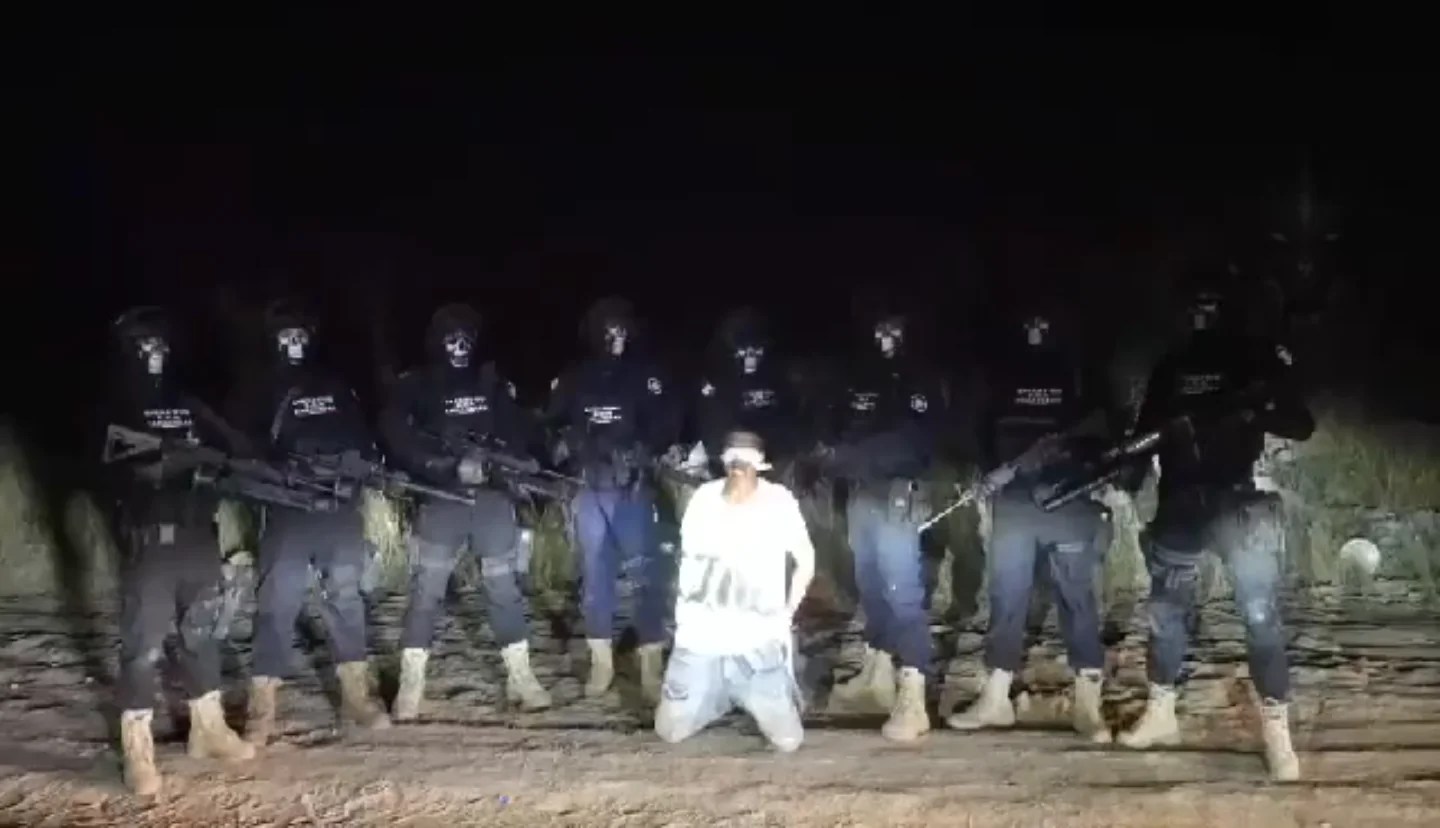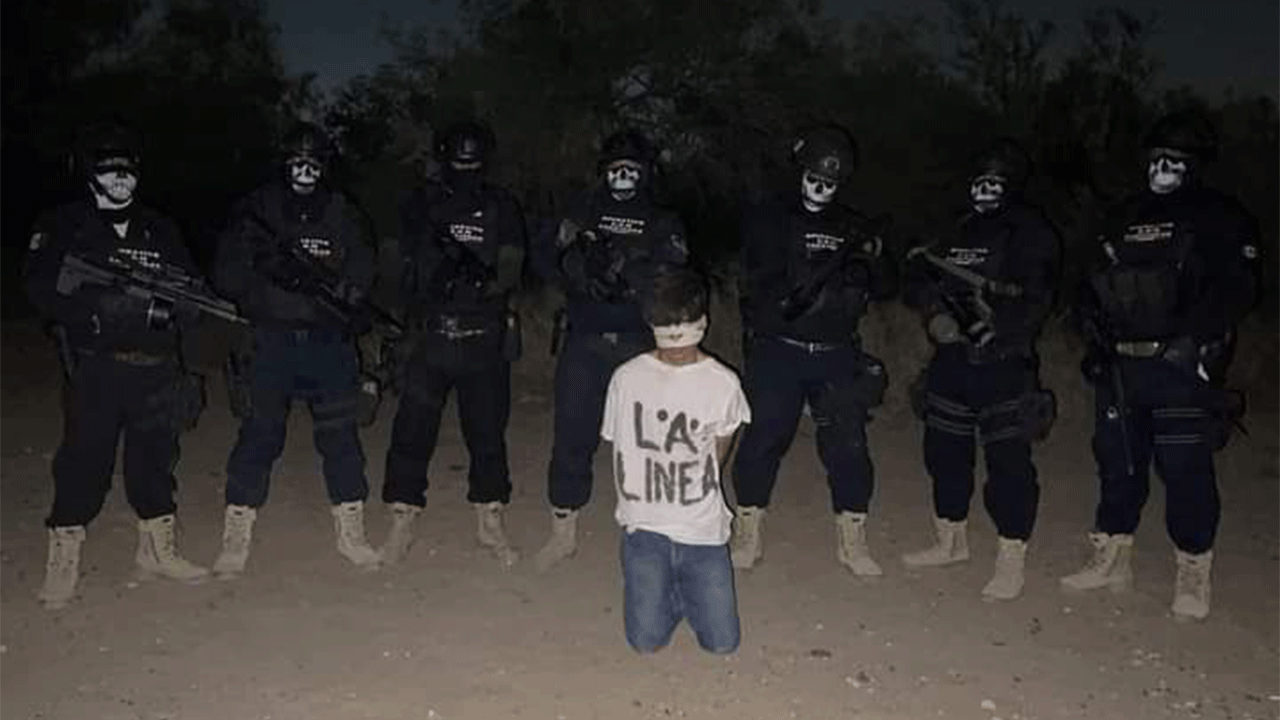The Zacatecas Flaying: A Historical Perspective
The Zacatecas Flaying is a historical event that has intrigued historians and scholars for years, representing a dark chapter in the history of Mexico. The gruesome practice of flaying has deep-rooted cultural significance and has been documented as part of various ancient rituals. This article delves into the intricacies of the Zacatecas flaying, examining its historical context, cultural implications, and the impact it has had on contemporary society.
This exploration begins with an overview of the significance of the practice in pre-colonial Mexico, particularly in the Zacatecas region. The flaying rituals were not merely acts of brutality; they were steeped in tradition and belief systems that shaped the identities of the communities involved. Through this article, we aim to shed light on the complexities surrounding this practice and its reverberations through history.
In addition to uncovering the historical aspects, we also aim to provide insight into how these ancient practices are viewed today and their relevance in understanding cultural heritage. Join us on this journey as we unravel the mysteries of the Zacatecas flaying and its significance in both past and present.
Table of Contents
- Historical Context of Flaying in Zacatecas
- Cultural Significance of Flaying
- Rituals and Practices Surrounding Flaying
- Impact on Society and Modern Perspectives
- Biography of Notable Figures
- Personal Data and Biodata
- Conclusion
- Sources and References
Historical Context of Flaying in Zacatecas
The practice of flaying in Zacatecas dates back to the ancient Mesoamerican civilizations, where it served both ritualistic and political purposes. Flaying was often performed during religious ceremonies, particularly to honor the gods and ancestors. The Aztecs, for example, viewed flaying as a means to appease their deities and ensure agricultural fertility.
Archaeological evidence suggests that the Zacatecas region was a significant cultural hub during the pre-Columbian era. The inhabitants engaged in various forms of sacrificial practices, including flaying. This practice was believed to embody a connection between the earthly realm and the divine, establishing a complex relationship between humans and their gods.
Flaying as a Form of Sacrifice
Flaying was often seen as the ultimate sacrifice. Victims, usually prisoners of war or chosen individuals, were flayed alive in elaborate ceremonies. This was done to honor deities and as a demonstration of power by the ruling class. The act of removing the skin was symbolic, representing the shedding of the earthly form to attain a higher spiritual existence.
Documented Instances of Flaying
Historical texts, such as the Codex Mendoza and accounts from Spanish conquistadors, provide accounts of these gruesome practices. These documents illustrate the ritualistic nature of flaying and its critical role in the socio-political landscape of ancient Zacatecas.
Cultural Significance of Flaying
The cultural implications of flaying extend beyond mere brutality; they reflect the values, beliefs, and priorities of ancient Zacatecan society. Understanding these cultural nuances offers a more profound appreciation for the complexities of Mesoamerican civilizations.
Spiritual Beliefs and Practices
Flaying was intricately linked to spirituality. It was believed that the act of flaying released the soul from the body, allowing it to ascend and become part of the divine. This belief was prevalent among various Mesoamerican cultures, where the afterlife was a significant aspect of their worldview.
Community and Identity
These rituals also played a crucial role in shaping community identity. They reinforced social hierarchies and defined the roles of individuals within the society. The flayed skins were often displayed as trophies, serving as a reminder of the community's strength and dominance over their enemies.
Rituals and Practices Surrounding Flaying
The rituals associated with flaying were elaborate and involved various stages, each with its significance. These rituals were not only acts of violence but also a means of connecting with the divine.
The Ceremony of Flaying
The ceremony typically began with a procession led by priests, accompanied by music and offerings. The victim would be bound and prepared for the ritual, which could last several hours. The act of flaying was performed with precision, often accompanied by chants and prayers to invoke the favor of the gods.
Aftermath and Symbolism
Once the flaying was complete, the skin was often treated and displayed as a symbol of victory. It served as a potent reminder of the community's power and a means to intimidate rivals.
Impact on Society and Modern Perspectives
As society evolved, the perception of flaying and its implications shifted. Today, the practice is often viewed through a historical lens, prompting discussions about cultural heritage and the complexities of ancient civilizations.
Historical Interpretations
Modern historians and anthropologists have sought to understand the motivations behind such practices, analyzing them within the broader context of Mesoamerican culture. This has led to a reevaluation of flaying as a cultural phenomenon rather than solely an act of violence.
Cultural Heritage and Preservation
Today, the legacy of flaying has become a subject of interest in cultural heritage preservation efforts. Museums and educational institutions are working to educate the public about these practices, promoting understanding and respect for ancient cultures.
Biography of Notable Figures
Throughout history, several notable figures have emerged in relation to the practice of flaying in Zacatecas. These individuals played significant roles in shaping the cultural narratives surrounding this ritual.
Notable Figure: The High Priest of Zacatecas
One of the most prominent figures associated with flaying practices was the High Priest of Zacatecas, who held immense power and authority over the community. This priest was responsible for conducting the flaying ceremonies and ensuring that the rituals were performed according to tradition.
Personal Data and Biodata
| Name | Role | Era |
|---|---|---|
| High Priest of Zacatecas | Religious Leader | Pre-Colonial |
Conclusion
The Zacatecas flaying represents a complex interplay of culture, spirituality, and social structure in ancient Mesoamerican societies. While the act itself may seem barbaric by modern standards, it was deeply embedded in the cultural fabric of the time. Understanding these historical practices allows us to gain insight into the values and beliefs that shaped these communities.
As we reflect on the past, it is essential to approach such topics with sensitivity and awareness of their cultural significance. We encourage readers to engage with this rich history, whether through further research, discussions, or visits to museums that showcase Mesoamerican heritage.
Sources and References
For further reading and research, the following sources provide valuable insights into the topic:
- Codex Mendoza
- Smith, J. (2020). The Rituals of Ancient Mesoamerica. Academic Press.
- Johnson, A. (2018). Cultural Practices in Pre-Columbian Mexico. University of Mexico Press.
Julie And The Phantoms: A Musical Journey Of Friendship And Healing
NLE Choppa Wife: Everything You Need To Know About His Relationship
Christie Sides: A Closer Look At Her Children And Family Life


